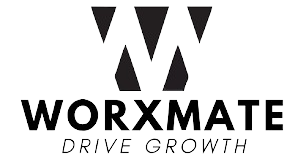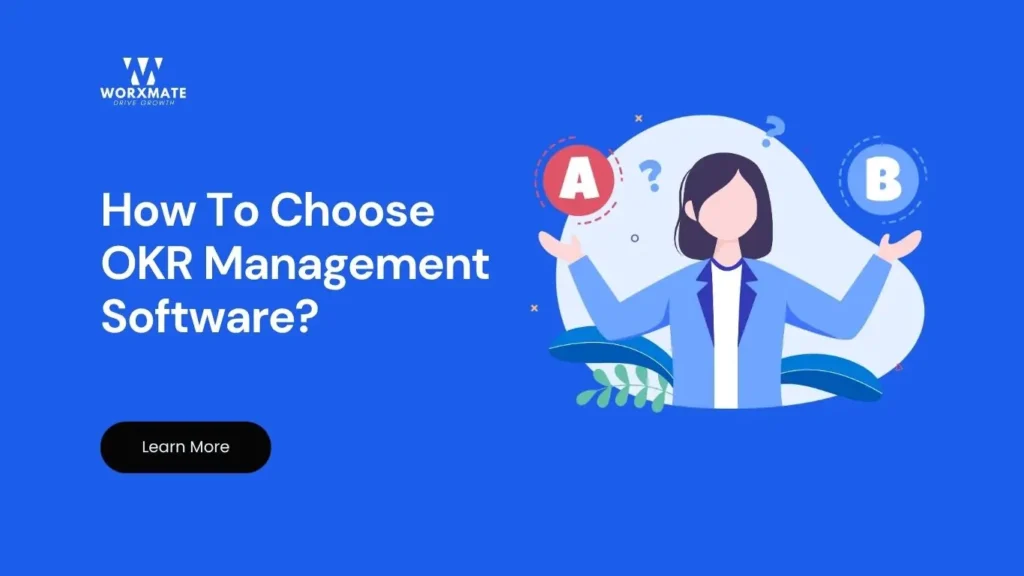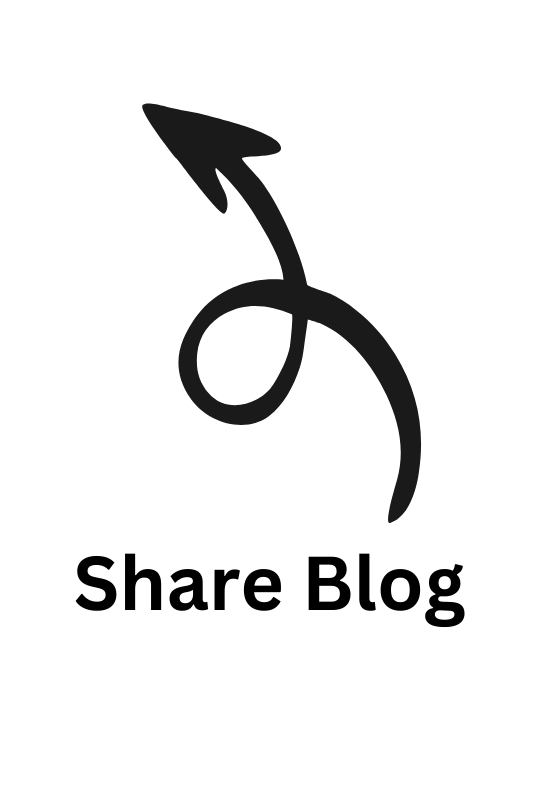Summary:
OKR management software helps organizations set, track, and achieve strategic objectives through structured goal-setting frameworks. These platforms enable teams to align individual efforts with company-wide objectives, measure progress transparently, and drive accountability across all organizational levels. Choosing the right OKR software requires evaluating features like real-time tracking, team alignment capabilities, integration options, and scalability to match your business needs and growth trajectory.
Organizations struggle to maintain alignment between strategic vision and daily execution. With 61% of strategists identifying poor execution as the main reason for failed initiatives, the need for effective goal management has never been more critical.
This is where learning How To Choose OKR Management Software becomes essential for business success.
The right OKR platform can transform how your organization sets objectives, tracks progress, and achieves results. Companies using structured OKR frameworks report improved focus, alignment, and measurable outcomes compared to traditional goal-setting methods.
What Is OKR Management Software?
OKR Management software is a specialized tool that helps individuals, teams, and organizations set, track, and measure their goals using the Objectives and Key Results framework.
These platforms facilitate the implementation of OKR methodology, which has become a popular goal-setting approach used by businesses to align team objectives with overall organizational strategy.
The software provides insights into progress through reporting and analytical dashboards while integrating easily with other productivity tools and systems.
By using OKR management platforms, organizations can improve their goal-setting processes, increase transparency, and foster a culture of accountability and continuous improvement.
Essential Features to Look for in OKR Software
-
Goal Creation and Management Capabilities
The best OKR software should support intuitive, flexible goal creation that works at scale. Look for platforms that offer customizable OKR ownership, various cycles and sessions, and dynamic OKR levels.
The ability to create depth without complication is the hallmark of exceptional OKR platforms.
Key features to evaluate include:
-
- Support for different OKR cadences and alignment
- Built-in OKR templates and best practice tools
- Full alignment view capabilities
- Search and filter functionalities
-
Real-Time Progress Tracking
Effective OKR software provides clear visual representations of goals, dependencies, and progress. Leading platforms incorporate real-time progress bars, automated check-ins, and intuitive update workflows that make tracking effortless.
-
Team Collaboration and Alignment
Robust OKR software allows teams to clearly see how their goals support the organization’s broader strategy. It should also support setting up shared objectives and dependencies between teams, fostering transparency and effective cross-functional collaboration.
-
Analytics and Reporting
Robust analytics capabilities distinguish top-tier OKR software. Look for platforms that can analyze past performance and automatically predict whether key results are on track. Advanced reporting features should include customizable dashboards and feedback loops.
How To Choose OKR Management Software: Step-by-Step Guide
-
Step 1: Identify Your Business Needs and Goals
Start by examining your organization’s objectives and determining what you want to achieve in both short and long terms. Consider whether you’re looking to increase revenue, improve customer satisfaction, or streamline internal processes.
Understanding your unique requirements will help you find an OKR solution that aligns with your specific goals.
Evaluate how many teams and employees will use the software and whether you need a scalable solution that can accommodate growth.
If collaboration is important, look for OKR software with built-in commenting capabilities or integration with project management tools.
-
Step 2: Assess Company Size and User Requirements
Company size significantly impacts the ideal OKR platform for your business. Large companies typically need robust OKR tools equipped to handle complex needs, while smaller organizations may benefit from simpler solutions. The size of your company also determines how many users need access, directly affecting pricing.
-
Step 3: Evaluate User-Friendliness Requirements
Consider your workforce’s technical capabilities when choosing OKR software. If your staff isn’t tech-savvy, using non-intuitive platforms may result in steep learning curves, reduced productivity, and frustration. In such cases, opt for more user-friendly tools that don’t require extensive training and resources.
-
Step 4: Define Integration Requirements
Determine what existing tools your organization uses and ensure the OKR software can integrate effectively. Consider integration capabilities with popular platforms like Slack, Asana, Jira, and HR systems. Seamless integration ensures a smooth workflow without disrupting existing processes.
Top 7 OKR Management Softwares in 2025
| Sr. No. | Software | Best For | Key Features | Pricing |
|---|---|---|---|---|
| 1 | Worxmate.ai | All org sizes, AI-driven OKRs | AI analytics, real-time dashboards, deep integrations | Custom, free trial |
| 2 | Lattice | People management, HR alignment | Cascading OKRs, reviews, integrations | Enterprise |
| 3 | Profit.co | Flexible OKR management | Templates, PowerPoint reports, analytics | From $9/user/mo |
| 4 | Perdoo | Beginners, simple tracking | Guidance, integrations | From $9/user/mo |
| 5 | Trello | Custom workflows, small teams | Boards, progress meters, free plan | Free / $5+ user/mo |
| 6 | WorkBoard (Quantive) | Enterprises, analytics focus | Real-time tracking, integrations, advanced AI | Enterprise |
| 7 | ClickUp | Versatile project & OKR management | Customizable templates, integrations, real-time tracking | Free / $7+ user/mo |
Top OKR Software Selection Criteria
-
Core Functionality Assessment
When evaluating OKR platforms, prioritize these essential capabilities:
-
- Ability to set clear objectives for individual teams or departments
- Definition of measurable key results for each objective
- Alignment tools showing how objectives contribute to organizational goals
- Data analytics and reporting for performance assessment
- Built-in communication and collaboration tools
-
Advanced Features Evaluation
Look for standout features that differentiate platforms:
-
- AI-driven insights and predictive analytics
- Visualization tools like Gantt charts and Kanban boards
- Robust security measures beyond industry standards
- Mobile app features with offline tracking capabilities
-
Usability and Onboarding
Consider the user interface design, availability of OKR templates, online communities for support, and balance between comprehensive features without overcomplication. Evaluate the vendor’s customer onboarding process and available training resources.
Common Pitfalls to Avoid
Based on PWC’s implementation experience, avoid these common mistakes when selecting OKR software:
- Choosing overly complex platforms that require extensive training
- Ignoring integration capabilities with existing systems
- Selecting software that doesn’t scale with organizational growth
- Overlooking user adoption and change management requirements
Research shows that 71% of organizations believe they have yet to master OKRs, with frequent strategy changes being the primary roadblock cited by 25% of surveyed leaders.
Conclusion
Selecting the right OKR management software is a strategic decision that can significantly impact your organization’s ability to execute on its vision and achieve measurable results.
By following this comprehensive guide, you’ll be equipped to evaluate platforms based on essential criteria including functionality, scalability, user experience, and integration capabilities.
Remember that successful OKR implementation goes beyond software selection—it requires commitment to transparency, regular review cycles, and continuous improvement. The investment in the right platform, combined with proper training and change management, can deliver substantial returns through improved alignment, accountability, and performance outcomes.
Take the next step in your organization’s growth journey. Explore how Worxmate’s AI-powered OKR software can transform your goal-setting and execution capabilities. Schedule a demo today and experience the difference intelligent OKR management can make for your business success.



